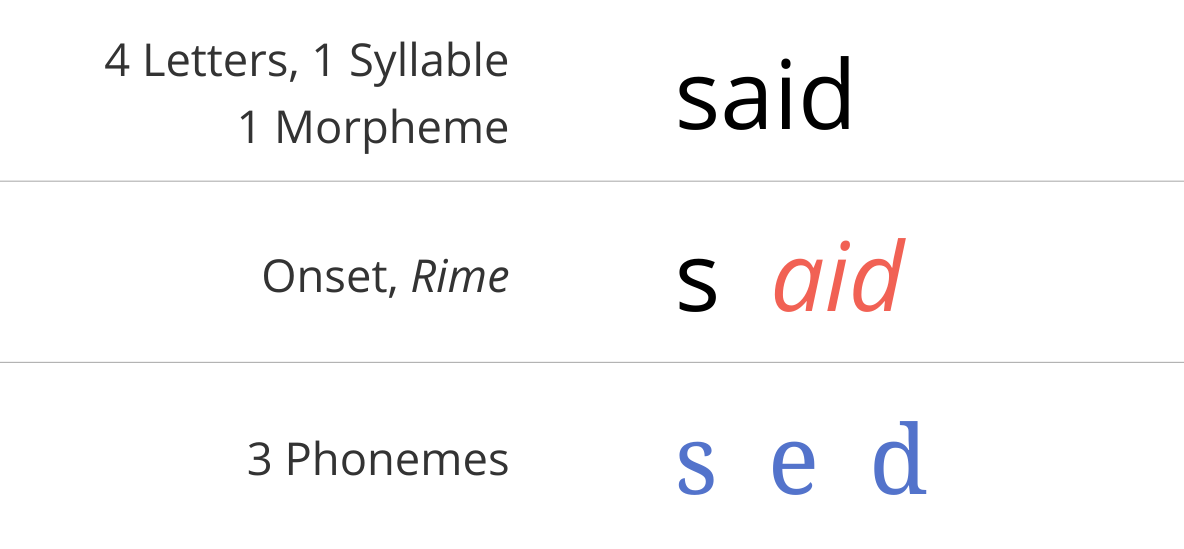For more than a decade, Singapore, along with South Korea, Taiwan, Japan, Shanghai, Hong Kong and Finland, has been at or near the top of international leagues tables that measure children’s ability in reading, maths and science. This has led to a considerable sense of achievement in Finland and East Asia and endless hand-wringing and head-scratching in the West.
What then do Singaporean teachers do in classrooms that is so special, bearing in mind that there are substantial differences in classroom practices between – as well as within – the top-performing countries? What are the particular strengths of Singapore’s instructional regime that helps it perform so well? What are its limits and constraints?
Is it the right model for countries seeking to prepare students properly for the complex demands of 21st century knowledge economies and institutional environments more generally? Is Singapore’s teaching system transferable to other countries? Or is its success so dependent on very specific institutional and cultural factors unique to Singapore that it is folly to imagine that it might be reproduced elsewhere?

e = get, head
Dive into said